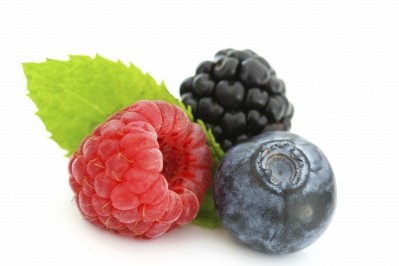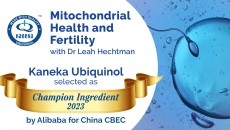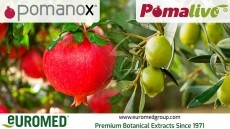Black chickpeas show functional ingredient potential
Colored seeds of chickpeas were found to possess up to 31-fold more antioxidant activity than the traditional cream- and beige-color seeds, according to new findings published in the Journal of Food Science.
“Darkness, yellowness, and high color intensity chickpeas contained more antioxidants,” said lead researcher Dr. Shmuel Galili. “Given the functional food attributes of chickpeas, they might contribute significantly to the management of degenerative diseases.”
Looking to the future, the researchers noted that additional studies should establish if the colored chickpeas can play a role in the management or risk reduction of degenerative diseases.
According to background information in their article, chickpea is second only to dry bean in global pulse production, and is grown in over 37 countries around the world. If further studies support the potential benefits of chickpeas, it could see the pulses establish themselves as functional food ingredients, and lead to a range of new extracts for the supplements market.
Data from Leatherhead Food International (LFI) shows that the world functional antioxidants market is increasing year on year by around 3 percent, and was valued at US$ 400 million in 2004, and US$ 438 million in 2007. The US, Europe, and Japan account for 90 percent of this market.
Flavonoids and polyphenols are reported to be 45 per cent of this functional antioxidant market, equivalent to almost US$ 200 million.
Study details
Galili and co-workers measured the polyphenol content, flavonoid content, and the antioxidant capacity of 17 colored chickpea lines. The colors of the chickpeas included the common cream and beige, as well as black, red, brown, green, red-brown, gray, and yellow.
The results showed that colored seeds contained up to 13-fold more total polyphenol content than the common chickpeas, and 11-fold more total flavonoid content.
“Thus, colored chickpea could be a potentially functional food in addition to its traditional role of providing dietary proteins and dietary fibers,” they concluded.
Source: Journal of Food Science
Published online ahead of print, doi: 10.1111/j.1750-3841.2009.01477.x
“Determination of Polyphenols, Flavonoids, and Antioxidant Capacity in Colored Chickpea (Cicer arietinum L.)”
Authors: A. Segev, H. Badani, Y. Kapulnik, I. Shomer, M. Oren-Shamir, S. Galili














